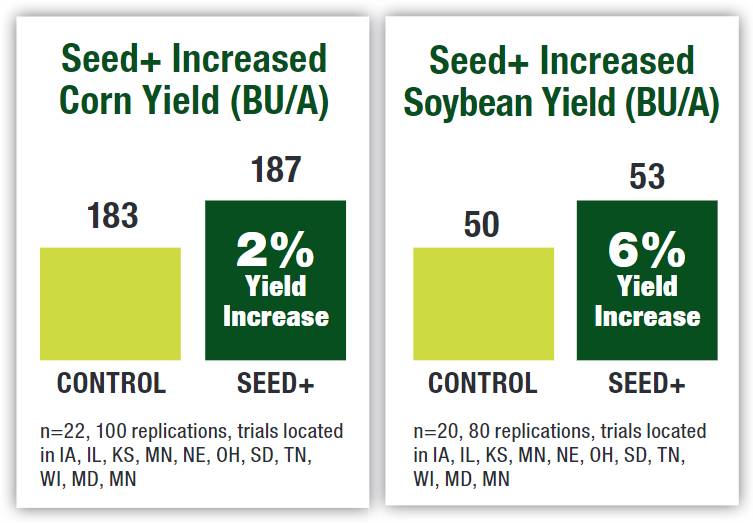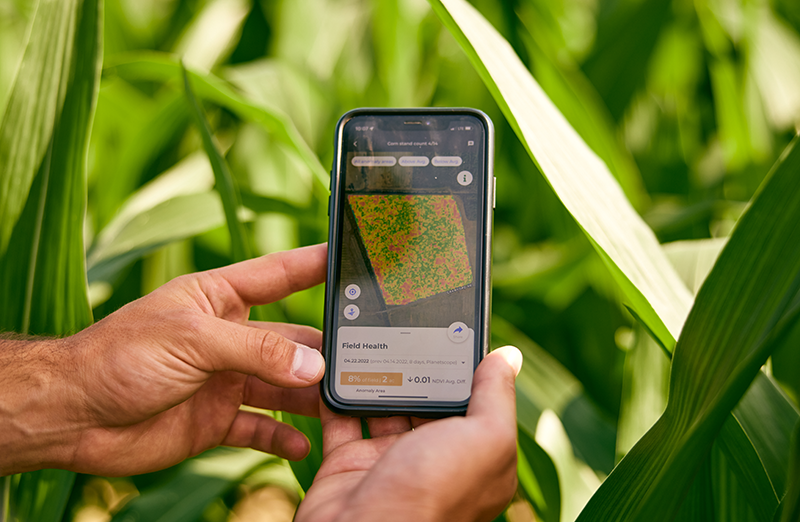Retail Remedies: The Biostimulant Boom of ’22
 Editor’s note: This article is part of CropLife’s new series called Retail Remedies. In Retail Remedies content, we offer solutions and strategies for ag retailers to present to their grower-customers to make dealing with all the uncertainty of the 2022 planting season more manageable. This will include stories on product segments — like the biostimulants feature below — that can help growers stretch their hard-earned dollars in this time of higher crop input costs.
Editor’s note: This article is part of CropLife’s new series called Retail Remedies. In Retail Remedies content, we offer solutions and strategies for ag retailers to present to their grower-customers to make dealing with all the uncertainty of the 2022 planting season more manageable. This will include stories on product segments — like the biostimulants feature below — that can help growers stretch their hard-earned dollars in this time of higher crop input costs.
As fertilizer prices soar and growers demand optimum return on their investment, their global opportunity for biostimulants in 2022 is nothing if not great.
“This is an opportunity for biostimulants to really show their value,” says Jason Radford, VP of Specialty Strategy for North America with Verdesian.
“We’ve got customers all the time saying, ‘My growers are going to cut back on purchases of fertilizer, so how do we maximize their results?’ Our recommendation isn’t that growers cut their nutritional programs, but if they’re going to do it anyway because of the economics, then biostimulants become a more critical component in helping to ensure there is maximum efficiency to the plant,” Radford told sister publication AgriBusiness Global™.
The global biostimulants market hit $3.5 billion in 2021, with biofertilizers estimated at $1.3 billion, up 11.3% and 11%, respectively, from 2020. Growth from 2021 through 2025 is projected at 11.6% for biostimulants and 15.6% for biofertilizers, according to biological agricultural market research firm DunhamTrimmer.
Asia-Pacific and Latin America are outpacing the rest of the world in biostimulant growth, rising 12.5% and 12.7%, respectively, in 2021, driven by the regions’ relatively late adoption and room for growth, increasing willingness by consumers to pay for higher quality agri-products, and the need for more efficient use of resources. Brazil, China, and India also present significant market opportunities, Manel Cervera, Managing Partner for DunhamTrimmer, says.
Even in mature markets, the biostimulant market is increasing at a steady clip: Europe rose 10.6%, and the U.S. and Canada rose 10% last year.
While Europe remains at the forefront, with nearly 25% of the global market value, uptake in India and other Asian markets continues, to outpace North America, Radford says.
“U.S. growers have enough income to buy N-P-K and micronutrients that the crop needs. When you have all those things plus adequate moisture, biostimulants have a harder time standing out in a perfect environment,” he explains. Biostimulants have an effect that is at a higher percentage than what we see here in the U.S. — that’s not to say they are not a benefit here, but it’s harder sometimes to demonstrate consistently how biostimulants can have a positive impact on production.”
Corn Fixing N
A standout hot product category — nitrogen-fixing bacteria for non-legumes — is booming in the U.S. and is the one exception to the faster growth experienced by Latin America and Asia-Pacific, Cervera says.
“These disrupting technologies are a reality now in corn in North America,” led by Indigo Ag, Pivot Bio, Azotic, and Symborg, he says. “Regulatory and go-to-market strategical developments are delaying these technologies (outside of North America,) but once other regions begin to more widely approve them, the speed of adoption — especially in Brazil and Argentina — will be even faster than the U.S.,” he adds.
Political and governmental backing of more sustainable agricultural technologies is also driving the biostimulant market, he notes. “Regulatory can play in all directions; it can be a driver but it can also slow down (adoption),” he points out.
For many years and still today, biostimulants have been considered something that is nice to apply, but nonessential. With input costs rising, the assumption may be that they will be the first to get cut — but Cervera sees the opposite trend playing out.
“For biostimulant products, it’s clear that efficacy doesn’t depend only on product itself, but also on the agronomic environment, the plant, and management practices. A consistent approach that is closer to the farmer and distributor in the value chain is needed,” Cervera explains. “Companies that have been able to be close to the end users are the ones who have success and who really have changed the snake oil perception.”







